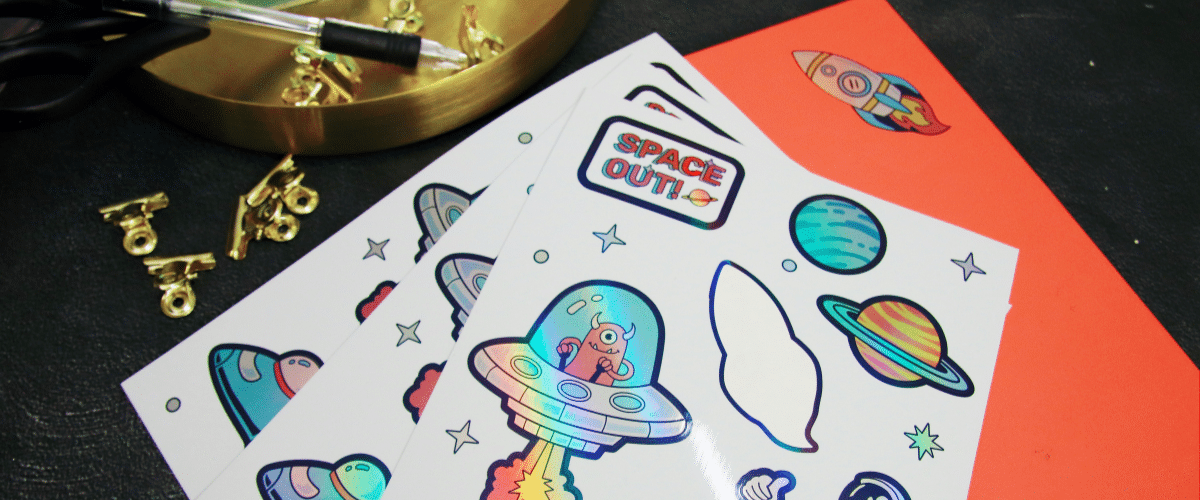As evidenced throughout history, humans have been motivated towards ingenuity as a response to the challenges they face. Space, recognized as the final frontier, has served as a massive challenge for humans to not only reach, but also an environment where we must sustain life. The innovations created for space exploration are now recognized as some of the greatest in human history.
As such, space has served as an environment where humans can genuinely explore their ingenuity. Luckily, that ingenuity has trickled back down to Earth.
Dylan Taylor, CEO and Chairman of Voyager Space, is a huge advocate of promoting the benefits of space to ultimately help improve life back on Earth.
“Humanity’s progress, whether it be scientific, technological, medical or psychological, has already helped pave the way for innovations that have improved lives on Earth,” says Taylor.
As a thought leader and futurist, Dylan Taylor has often explored and argued that space is a playground for experimentation, allowing us to further develop data, engineering, technological innovations and human health research to create better advancements to help with the challenges we face on Earth. Taylor highlights merely a handful of the ways humans’ experimentation and ingenuity for space travel has influenced innovations on Earth:
AI and Advanced Robotics
Advanced robotics are some of the most profound innovations to come from space exploration. The most brilliant minds of our time continuously develop these technologies that allow us to explore surfaces like the Moon and planets like Mars. AI also provides us with the tech to help us sustain life in space. Taylor mentions that these technologies trickle down to Earth, allowing us to support mobility for disabled people to aid in search and rescue practices.
Climate Change
In space, scientists have looked for ways to remove carbon dioxide from the air in planetary outposts and space stations. As we research the process of cleaning the air aboard spacecraft, humans also learn how to potentially reduce the presence of damaging compounds in our environment. Taylor also relates how satellites that orbit the Earth can provide humans with the data to help us understand and moderate climate change. For instance, satellite data offers information on when storms are circling certain areas and how climate change, including climate disasters and how water levels in drought-ridden areas are progressing.
Medical Innovations
Dylan Taylor also notes how many medical advances have come from space innovations. The X-ray or MRI was made possible thanks to NASA’s development of chip tech in the 1970s. Eye protection in the form of UV-block rays helps protect our eyes. But that’s not all. But it doesn’t stop there. Dylan Taylor cites UNOOSA’s reports on how tele-epidemiology helps track diseases (particularly in developing nations) via remote sensing data. Medical diagnostics, health monitoring wearables, vaccine development and drug testing have all offered spin-off benefits from space research and development. Similarly, space technologies also provide us with the capability to assist in disaster management and humanitarian aid by offering real-time, accurate data via remote sensing technology for those disaster-ridden areas.
A Better World
A strong advocate of using space exploration as a tool for good, Taylor believes that going to space creates an environment where humans can strive to be their best selves and then use that goal to inspire others on Earth. The International Space Station is a great example of human cooperation, serving as an example for nations and people on Earth to forge greater trust and better diplomatic relationships. What’s more, space serves as an environment that gives us an insightful window into how small we are, puts everything into a new perspective, and further piques our curiosity, uniting humans as we are for a common goal. As more people fly to space, people can see how a once-impossible dream becomes a reality. It inspires children as they learn more about science and technology and have the opportunity to pursue careers that will create a global workforce for more innovation.
As the most active space investor in the world, and a commercial astronaut himself, Dylan Taylor’s passion for space exploration’s ability to inspire and help life on Earth become better knows no bounds. As more investors become active in space and new ways of funding space missions and technological research becomes possible, we will undoubtedly see more innovations improve all life here on Earth. What an exciting future we have to look forward to.
Published by: Martin De Juan










